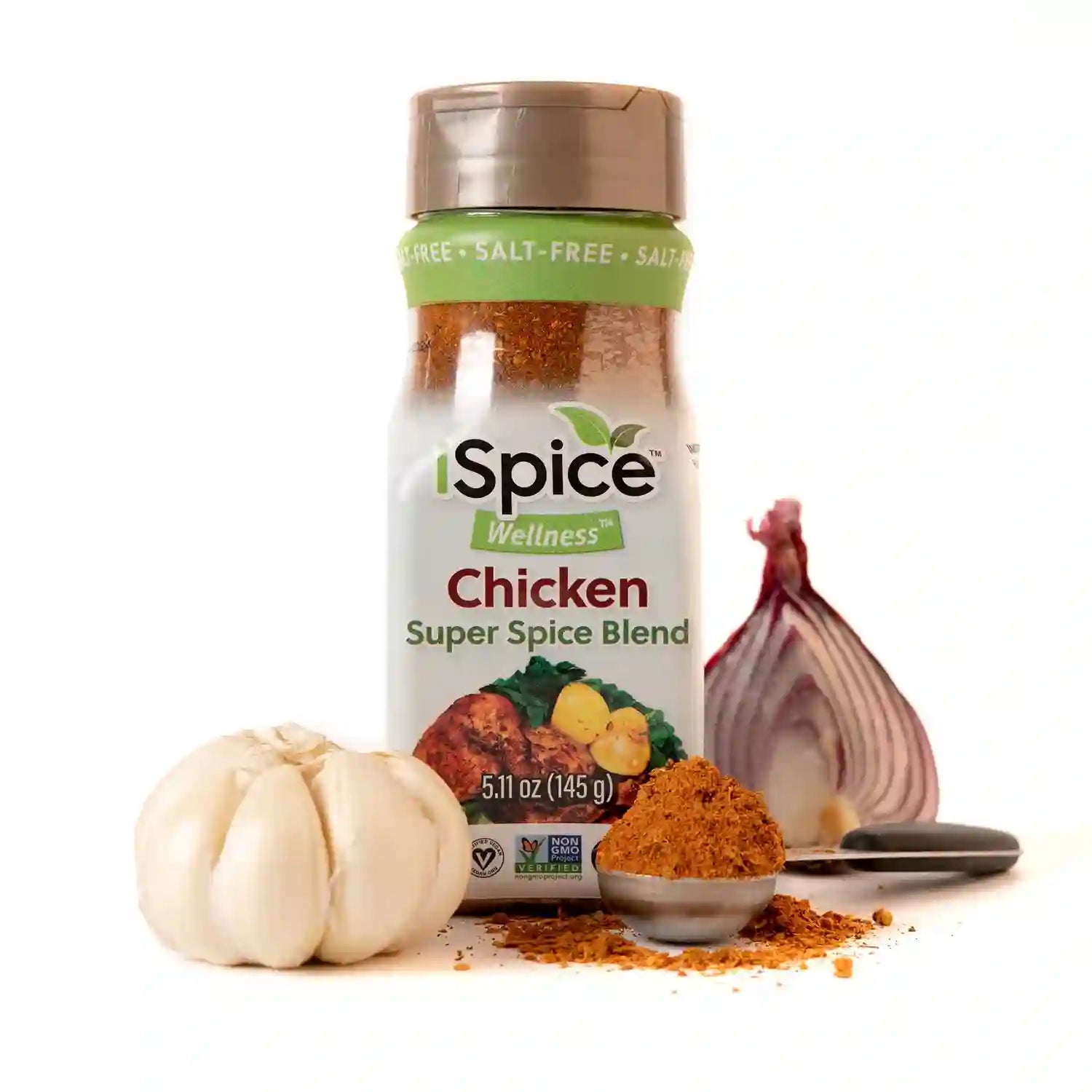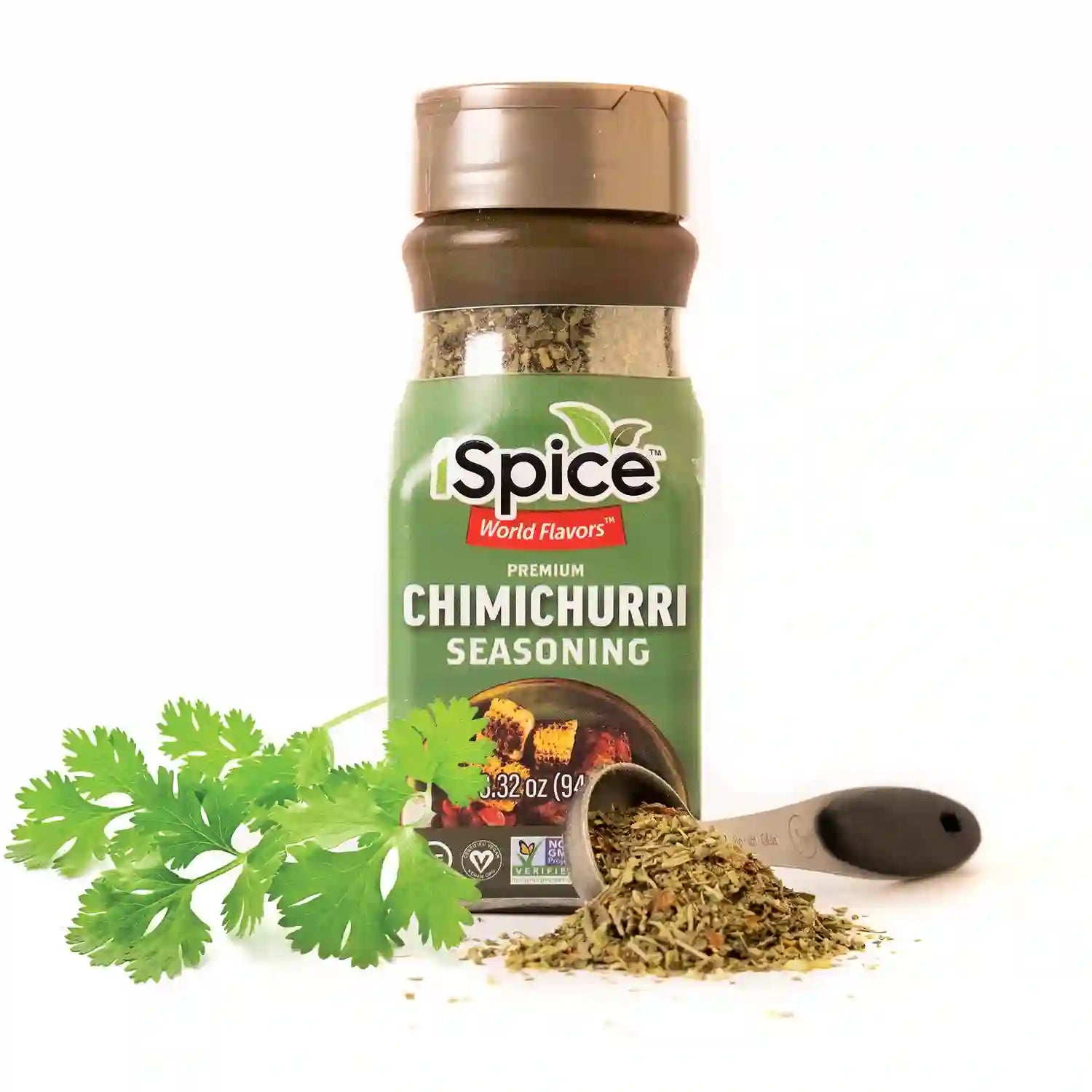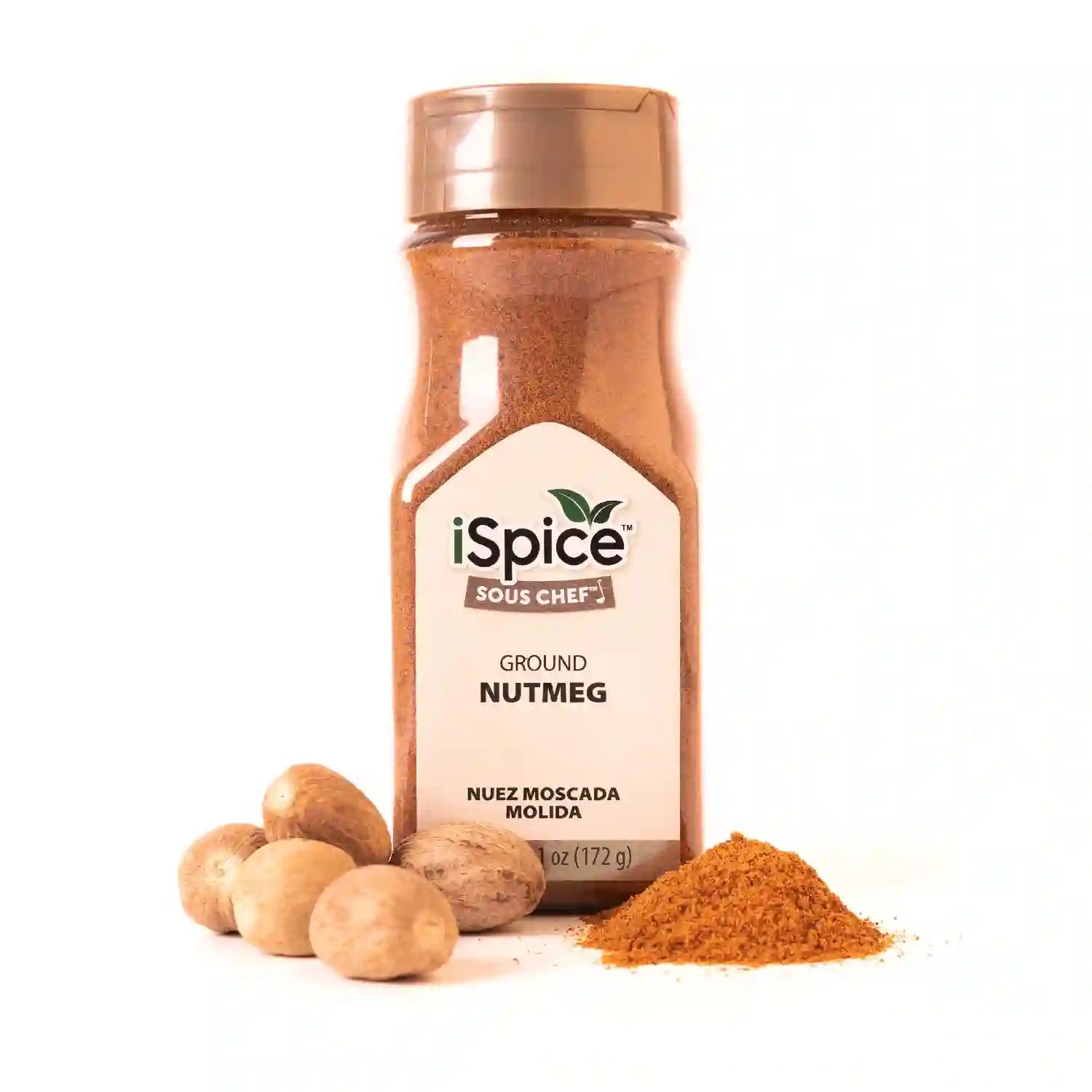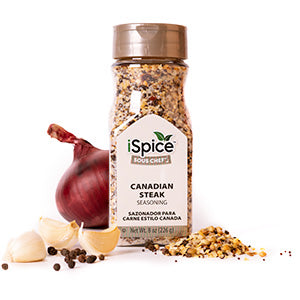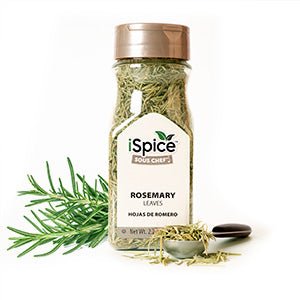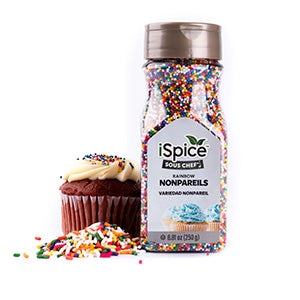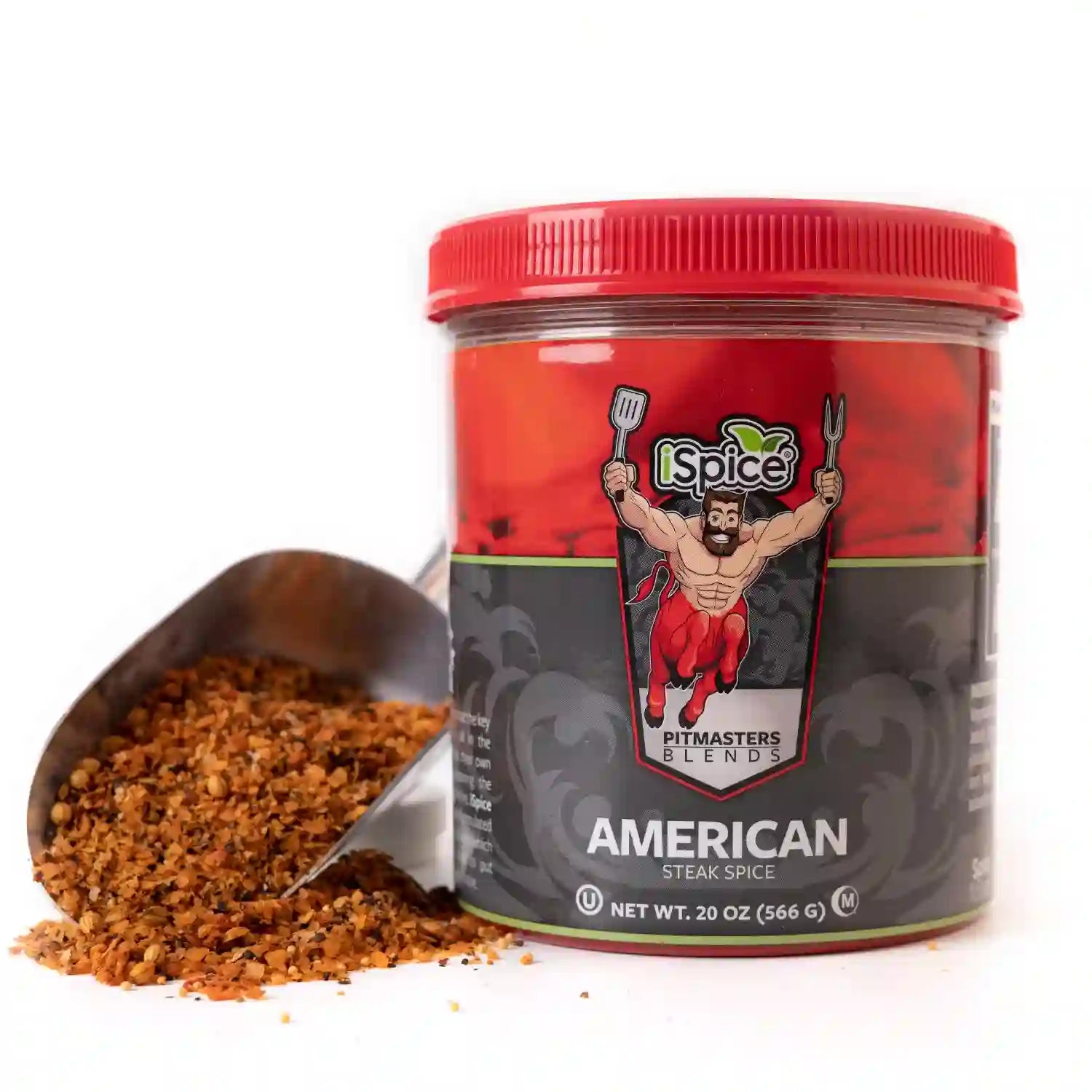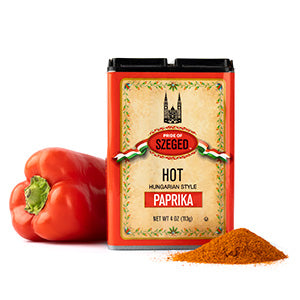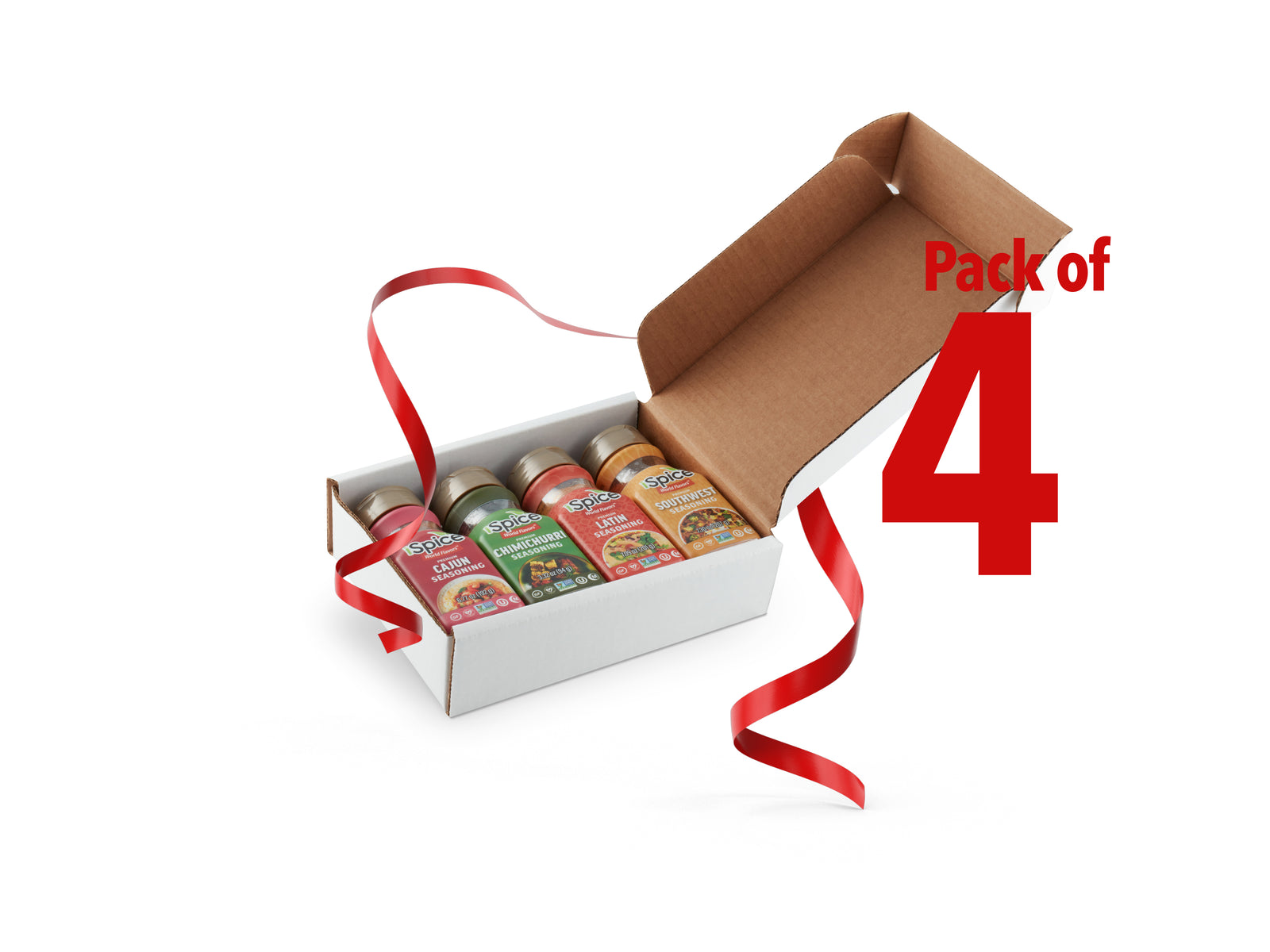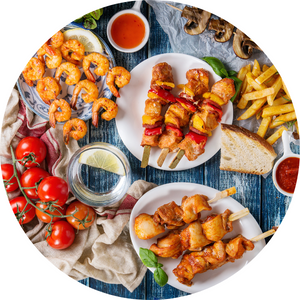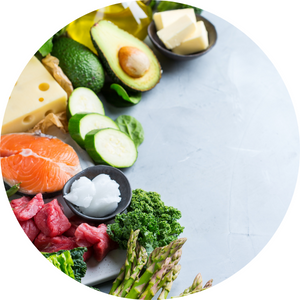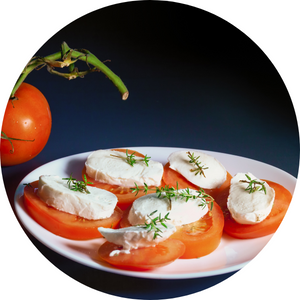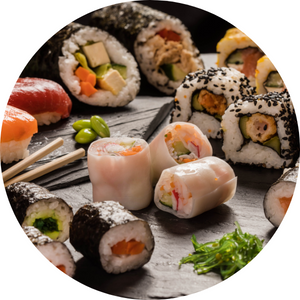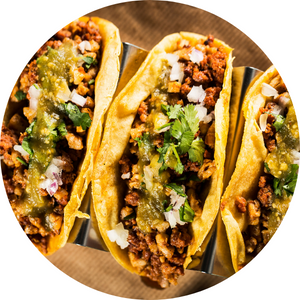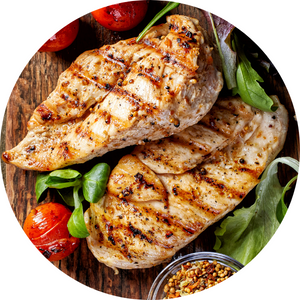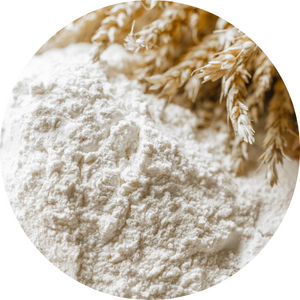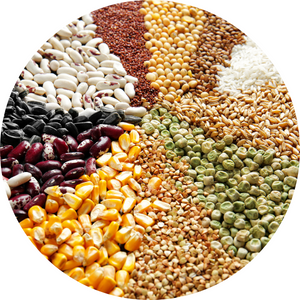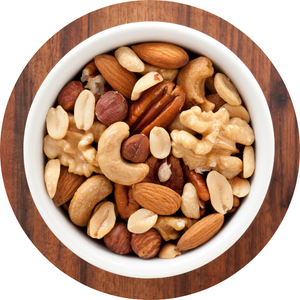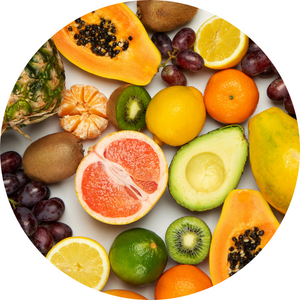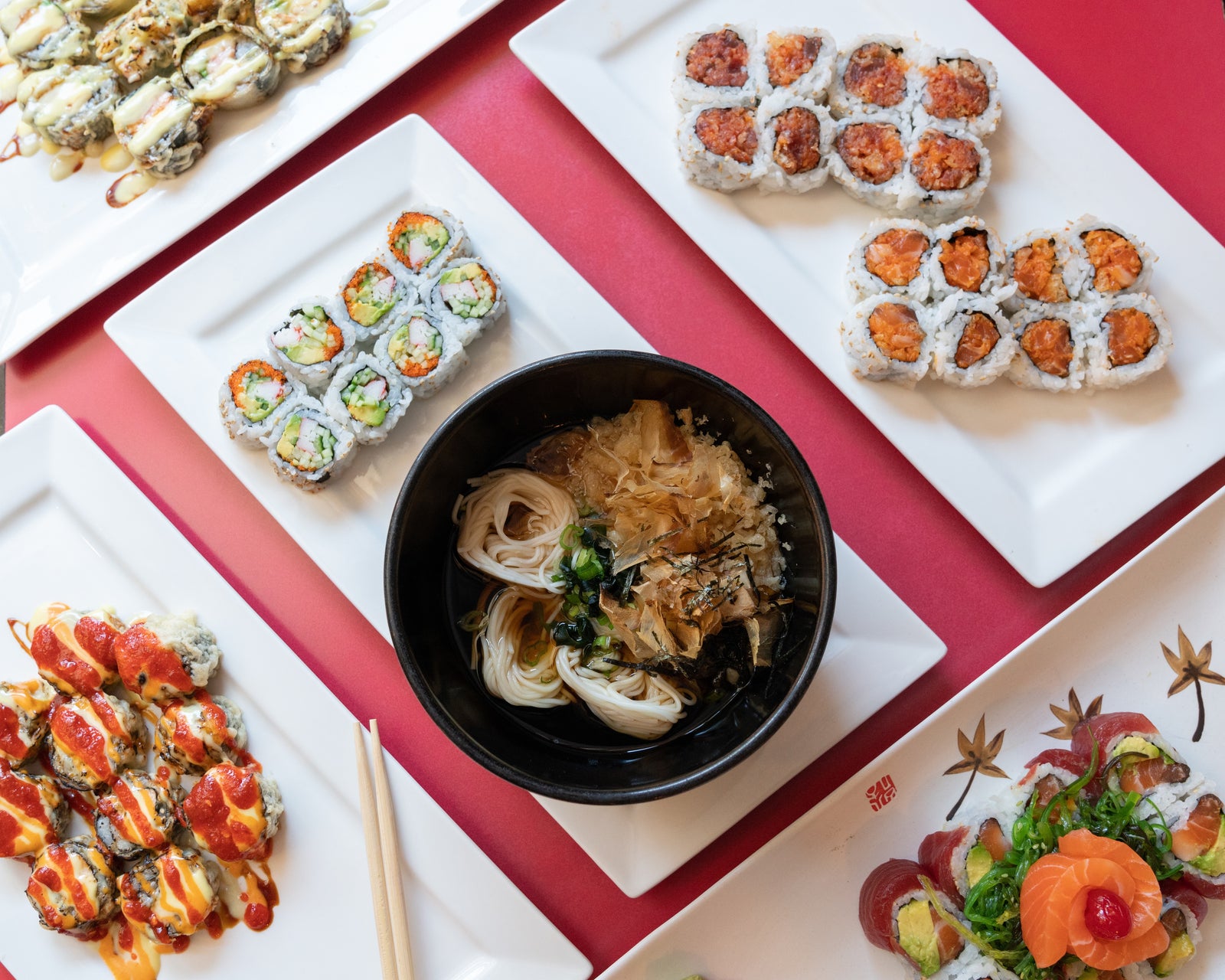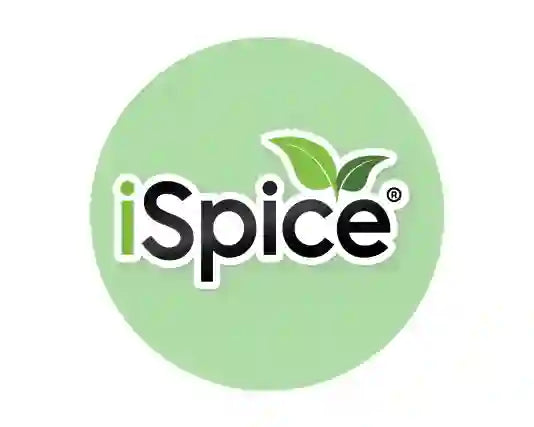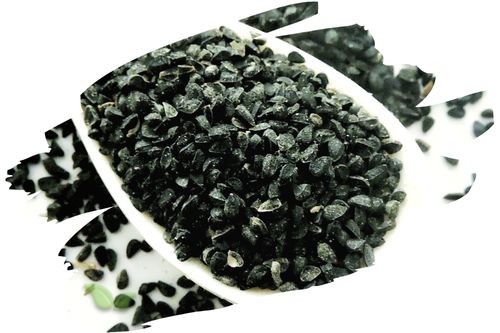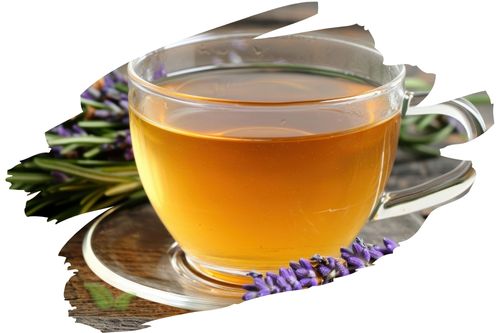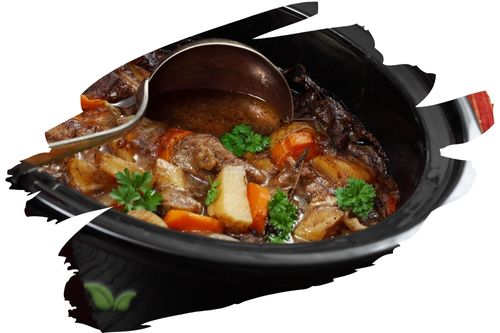
When exploring Thai or Southeast Asian cuisine, one ingredient that stands out for its aroma and flavor is galangal. While it looks similar to ginger, galangal offers a sharper, citrusy, and more complex taste. Understanding the differences between galangal and ginger can help you elevate your dishes with authentic Southeast Asian flavor.
What Is Galangal?
Galangal is a rhizome belonging to the same family as ginger and turmeric. It is native to Southeast Asia and plays a central role in Thai, Indonesian, and Malaysian cooking. The root has smooth, pale skin with pinkish rings and a firm, woody texture. Its taste is aromatic, slightly peppery, and carries notes of pine, citrus, and spice.
There are two common types of galangal:
-
Greater Galangal (Alpinia galanga): Most often used in Thai cuisine for soups and curries.
-
Lesser Galangal (Alpinia officinarum): Smaller and more pungent, used in traditional Chinese and Ayurvedic medicine.
How Galangal Differs from Ginger
Although galangal and ginger look alike, they differ significantly in taste, aroma, and culinary use.
| Feature | Galangal | Ginger |
|---|---|---|
| Flavor | Sharp, citrusy, and pine-like | Warm, spicy, and mildly sweet |
| Aroma | Fresh, peppery, and floral | Earthy and warm |
| Texture | Tough and fibrous | Softer and easier to grate |
| Color | Pale with reddish or pinkish skin | Yellowish-brown |
| Culinary Use | Used in Southeast Asian dishes like Thai soups and curries | Used globally in savory and sweet recipes |
While ginger is common in global cooking, galangal is essential for authentic Thai and Indonesian dishes, such as Tom Yum Soup, Green Curry, and Rendang. Using ginger instead of galangal changes both the aroma and overall character of the dish.
How to Use Galangal in Cooking
Galangal can be used fresh, dried, powdered, or as a paste. Here are the most popular ways to cook with it:
1. Fresh Galangal: Slice or smash the root before adding it to soups, curries, or stews. It’s usually removed before serving because of its fibrous texture.
2. Dried Galangal: Rehydrate by soaking in warm water, then use it in broths or sauces.
3. Galangal Powder: A convenient option for spice blends, marinades, and seasoning mixes. It delivers a bold, authentic flavor with less effort.
4. Galangal Paste: Commonly used in Thai curry pastes, it blends easily with garlic, lemongrass, and chili.
Culinary Uses of Galangal
Galangal is a staple ingredient in:
-
Thai soups like Tom Yum and Tom Kha Gai
-
Curries and stir-fries for added depth and aroma
-
Seafood dishes for a fresh, citrus-like kick
-
Spice blends and rubs, often paired with lemongrass, coriander, and chili
At iSpice, we offer premium-quality galangal powder and seasoning blends that bring the authentic flavor of Southeast Asia to your kitchen. Whether you’re preparing Thai curry or experimenting with Asian-inspired marinades, galangal adds a unique aromatic touch that sets your dishes apart.
Health Benefits of Galangal
Beyond its culinary appeal, galangal also offers several health benefits:
-
Rich in antioxidants that protect against cell damage
-
Supports digestion and helps reduce bloating
-
May strengthen the immune system
-
Contains anti-inflammatory compounds that promote overall wellness
In traditional medicine, galangal is used to ease nausea, sore throat, and inflammation—similar to ginger but with different active compounds.
How to Store Galangal
Fresh galangal should be stored in the refrigerator, wrapped in a paper towel and placed in an airtight bag. It lasts up to two weeks. For longer shelf life, slice and freeze it. Dried and powdered galangal should be kept in a cool, dry place in a sealed container to preserve its flavor and aroma.
Frequently Asked Questions About Galangal
1. Can I substitute ginger for galangal?
While you can use ginger if galangal is unavailable, the flavor won’t be the same. Ginger is sweeter and less pungent, so the dish will lose some of its authentic Thai flavor.
2. What does galangal taste like?
Galangal has a citrusy, piney, and peppery flavor with a slight bitterness. It’s more aromatic and sharper than ginger.
3. How do I prepare fresh galangal for cooking?
Peel and slice galangal into thin pieces, or crush it lightly to release its aroma before adding it to soups or sauces.
4. Is galangal healthy?
Yes. Galangal is packed with antioxidants and has anti-inflammatory and digestive benefits, making it both flavorful and nutritious.
5. What cuisines use galangal most often?
Galangal is a staple in Thai, Indonesian, and Malaysian cuisines. It’s commonly used in curry pastes, soups, and coconut-based dishes.
Final Thoughts
Galangal is much more than a ginger look-alike—it’s a bold, aromatic spice that defines Southeast Asian cooking. By understanding its unique qualities and learning how to use it properly, you can bring authentic Thai flavor to your kitchen. Whether fresh or powdered, galangal is an essential ingredient for anyone who loves experimenting with spices, herbs, and seasonings.

